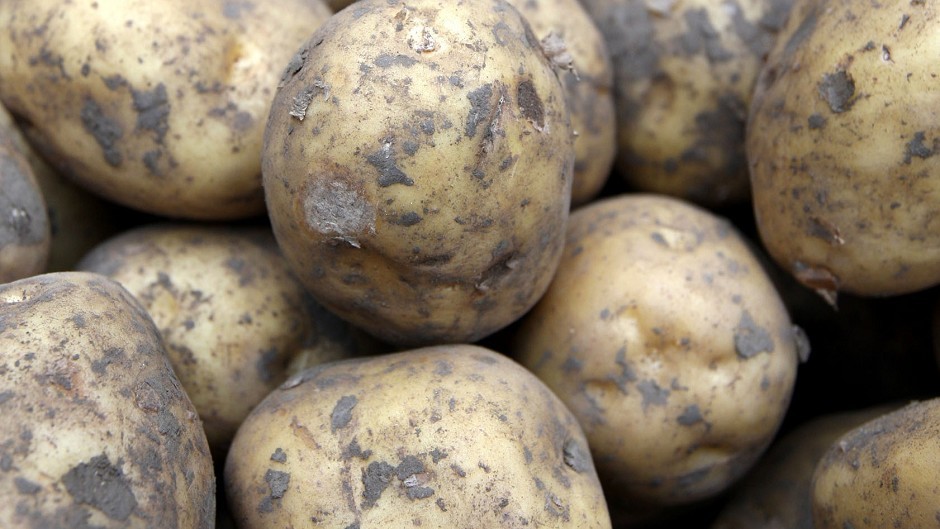Variety choice and target market are the biggest decisions a grower can make to influence the bottom line of a tattie enterprise this season according to Agrovista’s Andy Steven.
“The difference between getting it right and wrong could be huge,” said Mr Steven.
For the majority of growers, marketing plans have already been decided for 2015, even if farmers haven’t yet planted, they know what’s going in and where they plan to sell it. So where else can growers make a difference to their profitability?
Many will be focused on their costs of production, but with tatties, variable costs are almost “fixed” says Mr Steven.
He said: “You can tweak some of the input rates but this makes only small differences in the final cost of production. Inputs like blight sprays are very much driven by the conditions over the summer, and can’t be cut without serious consequences if the blight pressure proves to be high.”
Mr Steven does add that there is a strong case for keeping a tight handle on all the input costs, suggesting that cumulative savings can begin to add up to improve margins.
He points to fixed costs being very hard to trim in potato production, because they often take “step jumps up by area.”
“For example, a harvester will typically cope with 200 plus acres each, but if you reduce the area handled by the machinery by 10%, then suddenly these fixed costs per tonne of output, rise by at least 10%,” he said.
When it comes to marketing this season, he says that the seed sector hasn’t suffered quite as badly as the ware growers; but that for certain varieties, such as Hermes, there is a risk that overproduction this season could put returns under serious pressure.
“The message to ware growers all winter was with good reason – to cut production to try and balance the market; and thankfully it seems many have heeded that advice. What the actual situation is, will become apparent in a couple of months once the planted areas are known,” he said.
After a good start to planting in April, Mr Steven says that progress has been a “stop start affair over recent weeks,” with the cold and wet leaving farmers little option but to grab their chances to get going when they can.
“The east coast and Aberdeenshire has suffered the most, with heavy rain showers halting planting. Crops that are in, are slow to emerge and very little has come through the ground,” he added.
